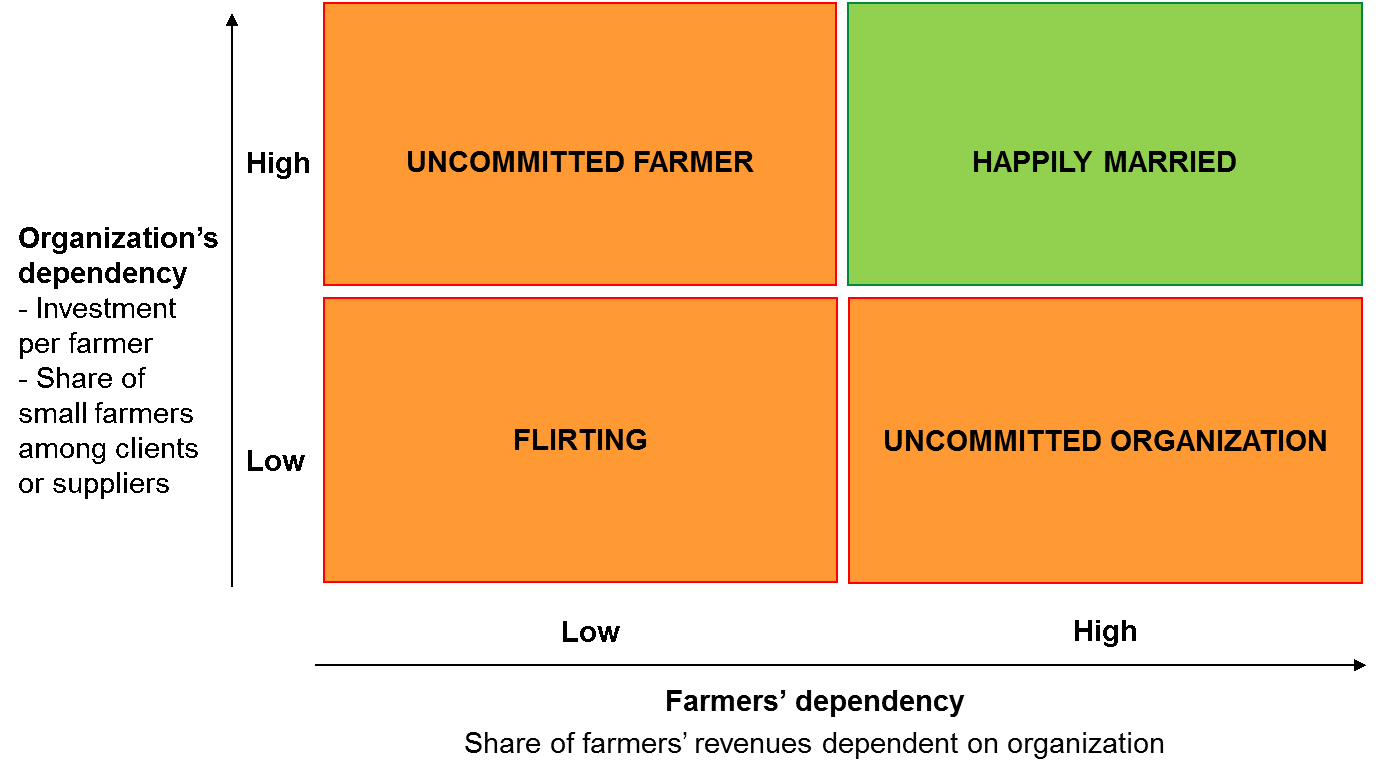It makes business sense to work with and for smallholder farmers. But this needs to be done on the basis of a balanced and strong relationship. Only then, both the farmers and the organizations working them will grow and thrive.
Imagine, for a minute that you are a small farmer. You have between half an acre and 3 hectares of land, to feed a large family. Your parents were farmers before you, and your children, at least some of them who won't leave for the city in search of better incomes, are likely to become farmers too, on an even smaller land if they have to share the little you have.
....Your whole life, you have worked as hard as you could, and yet you are still poor, and still entirely depend on things outside of your power for survival. These things are weather, the quality of inputs that are sold to you, and the price at which you sell your harvest. All of those must go well for you to be able to feed your family throughout the year and send your children to school, to cite only that. But if only one of those fails, you are doomed.
What we know is that working with smallholder farmers is tough. In fact, many projects remain small and stuck. Many blame it on the farmers…they are risk-averse, they need 'education', they are just 'too small' to work with…But what we have seen is that it rather depends on how balanced the relationship is between the farmers and the organization working with them.

In 3 out of 4 cases, things can go wrong. I.e. the relationship is not balanced.
In some cases, the organization has invested much and is very dependent on small farmers for its success, but this relationship doesn't matter that much to the farmers (e.g., it is a crop they cultivate opportunistically). That is what we call the uncommitted farmer scenario.
In the uncommitted organization scenario, the farmers are highly dependent on the organization working with them to access essential inputs or sell their harvest, but the organization itself is not committed to developing these farmers in the long run. This is not a viable situation and may lead to exploitation of farmers.
In the flirting scenario, neither side is investing much, so there is not much to lose either, but it is unlikely that this set-up will produce significant long-term benefits to both sides.
Then there is happily married scenario, where both sides are equally and deeply committed to each other, and thanks to that, thrive respectively in ways that were not possible before.
How to get to a successful marriage? And who is better placed to achieve this, buyers of produce or sellers of inputs and equipment?
The answer to this question and many more insights can be found on Hystra's newly released report Smallholder farmers and Business. This report was prepared with the support of the Swiss Agency for Development and Cooperation, Danone Ecosystem Fund, responsAbility Investments AG and C&A Foundation.
**********************************
Webinar Monday, 14 December 2015 from 14:00 to 15:30 (GMT)
WE ARE BEGINNING TO LEARN WHAT WORKS FOR SMALLHOLDERS AND AGRIBUSINESS
Webinar Thursday 21 January 2016 de 16:00 to 17:15
SMALL FARMERS AND BUSINESS : BEST PRACTICES FROM THE FIELD
